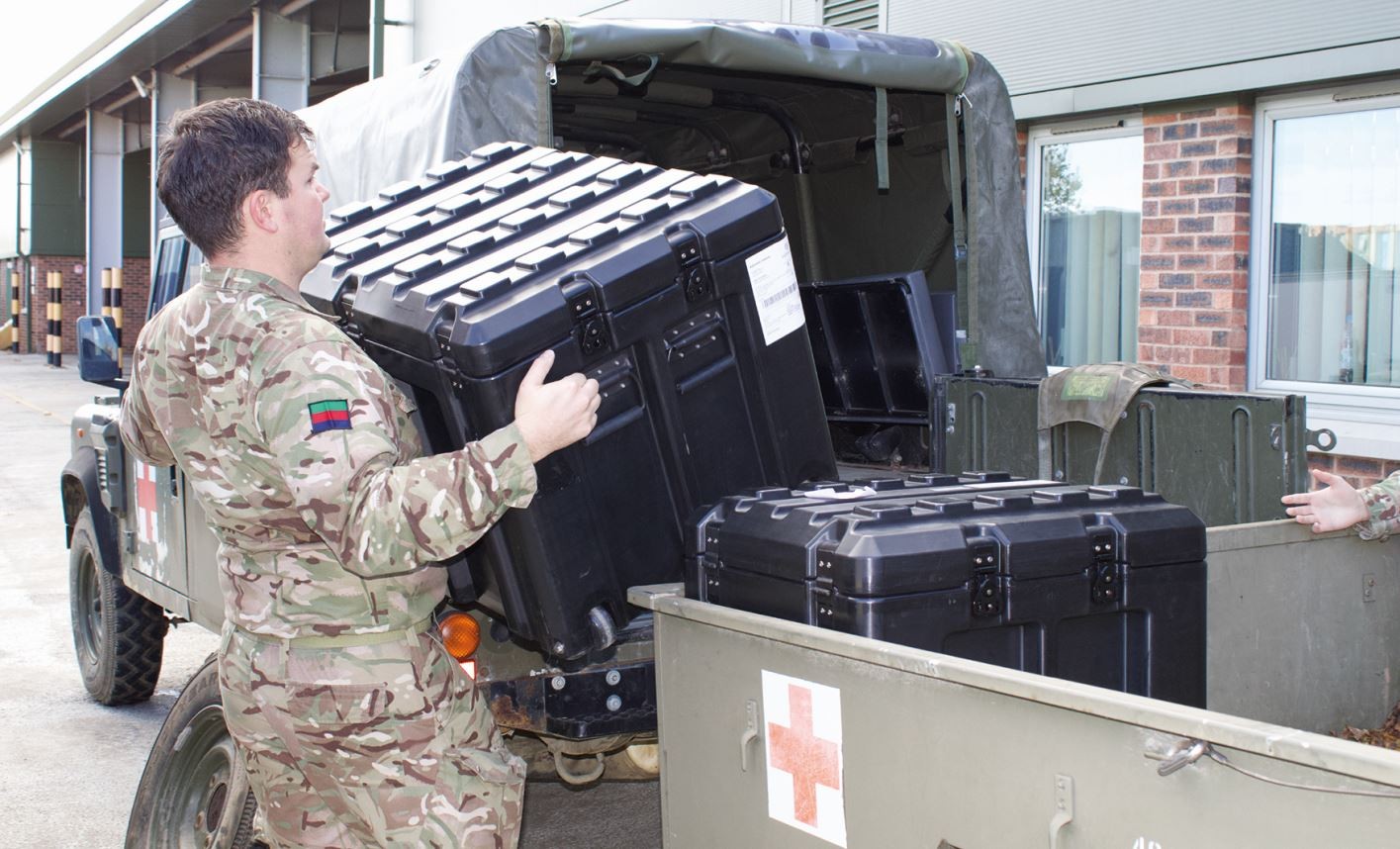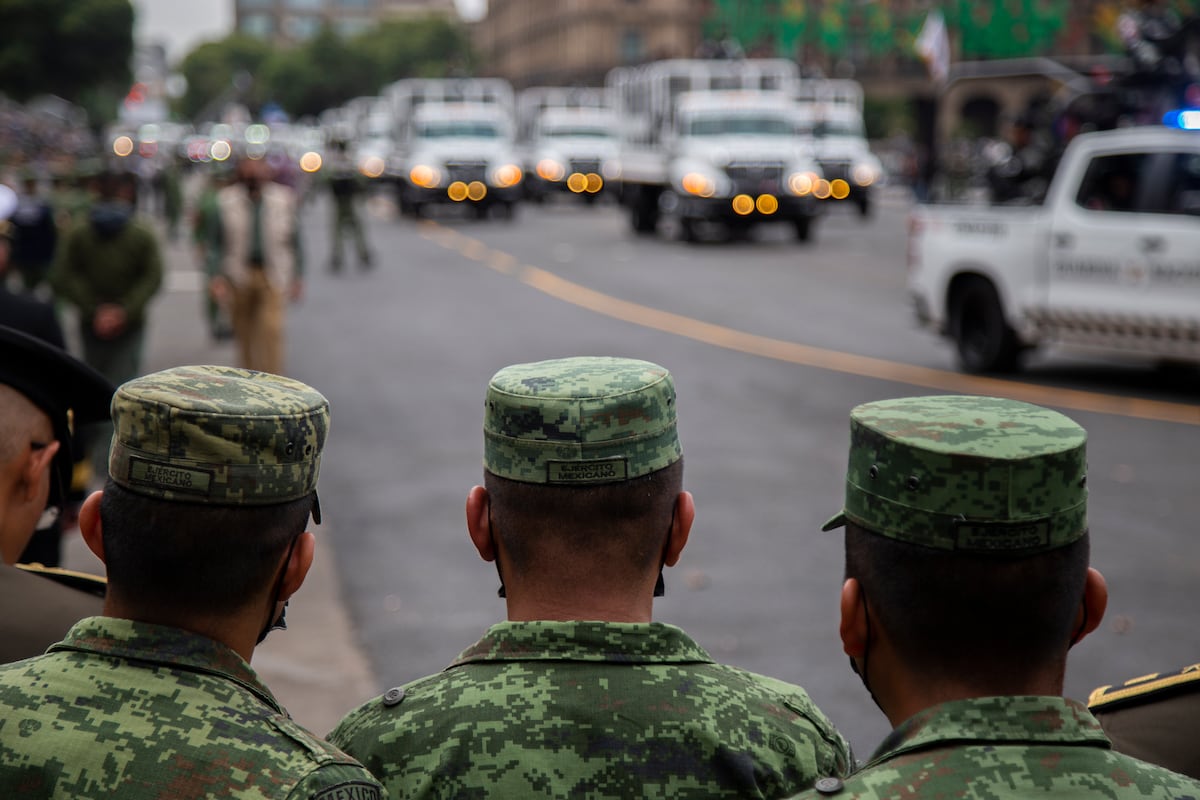Military Bda - The overall appearance shows a clear 'family resemblance' to the older model, and the mechanism is largely the same, using an FN shaped billet under the bed which, acting on the slide stop, causes the rear end of the barrel to retract.
down to disengage from the slider during recoil. The first applied rules are filters. Duplication of the target is a filter guide. If AFATDS receives a target that duplicates an active fire mission, and the received target is a duplicate of that target, the computer will recommend rejecting the other target.
Military Bda
 Source: www.shutterstock.com
Source: www.shutterstock.com
The company said in a February 28 announcement that the Razer is envisioned as "a low-cost precision air-launched munition designed to transform standard 40-50kg unguided munitions into a low-cost precision air-launched weapon." As a result of the decision function, the targeting team will determine which objectives will be captured and attacked to meet the commander's intent;
Loading And De-Cocking Mechanism
when and where (time and space) they can be found and by whom; how objectives will be captured and attacked; assessment requirements; and synchronization of sensors and attack systems with the maneuver scheme. This results in the allocation of technical assistance funds.
The Target Synchronization Matrix identifies targets designated for attack by TA field artillery assets. When the TMM is deleted and the window is closed without reassigning any or all target types, any remaining unassigned target types will be assigned to or outside of the non-HPT list.
If the target species category is set to excluded in the HVTL, the target species will be placed on the exception list, otherwise it will be placed on the non-HPT list. "When" values (eg As Acquired, Immediate) and effect values (eg Suppress, Neutralize) will also be taken from the HVTL for the target type category.
Targeting is part of the military decision-making process used to focus battlefield operational systems (BOS) to achieve the commander's intent. The methodology used to translate the commander's intent into a plan is decide, detect, deliver, and evaluate.
Design Details
The functions associated with this methodology help the commander decide what to attack, how to reach those objectives, and when those objectives are captured, how to attack them in a way that disrupts, delays, or limits the enemy's ability to achieve his objectives.
Simply put, targeting is the process of selecting targets and coordinating an appropriate response to them, taking into account operational requirements and capabilities. The BDA is fed from a two column magazine with a cartridge capacity of 14 rounds.
The magazine release button, located behind the trigger, can be configured for right- or left-handed users by simply swapping the button. The BDA is equipped with a slide that holds the slide open after the tank is emptied.
 Source: media.springernature.com
Source: media.springernature.com
The slide can be released by pressing the slide release lever, located on the left side of the frame. The rifle is aimed using fixed iron sights with contrasting points - front blade and rear dovetail notch.
Meprolight night sights with tritium illumination can be installed as an option. KOS is responsible for maintaining the focus of the meeting. It describes the agenda and specifies the time period to be considered. He is the arbiter of any disagreements that may arise and ensures that the meeting complies with its stated purpose and agenda.
Table 1-1 shows the agenda with information covered by members of the core targeting team. A successful target attack implements tactical and technical decisions about delivery and support actions. Attacking a target begins by reviewing the attack instructions.
Initially, the target being attacked is validated. Validation includes a review of the acquisition system and its associated accuracies, acquisition times, and target positions. A confirmed target is forwarded to the designated unit/delivery system for attack.
Depending on the delivery system, other factors require consideration. These include timing, Class III and V availability, planning time, SEAD capability, risk, coordination requirements, fire support coordination measures (FSCM), and unit/battle damage assessment (BDA) notification. When a call for fire (CFF) is sent from Firefinder to AFATDS, it is processed using AFATDS instructions on the receiving AFATDS.
If the CFF does not comply with AFATDS instructions, the mission is rejected. In AFATDS, a target contained in a failed CFF would be entered into a suspect target list for comparison with other targets already on record.
If no resolution or combination occurs, the target will remain in the log and be compared to incoming suspect targets until the target decay time is reached. The targeting meeting is a critical event in the unit's combat rhythm, the timing of which serves to incorporate the unit's combat rhythm into the higher headquarters' targeting process.
It should be the minimum length required to present targeting information, situation updates, make recommendations and make decisions. The purpose of target meetings is the same regardless of the level at which they are conducted. The main differences are the time focus, number of target team members and available resources.
The basic procedures for conducting targeted meetings are the same. This discussion focuses on maneuver brigades because it has the broadest applicability to FA personnel for capturing objectives. The targeting officer begins his mission analysis as soon as he receives the initial warning command.
Source: www.cbc.ca
The targeting officer collects all information pertaining to TA assets for inclusion in the fire support assessment. This happens simultaneously with mission analysis. The technical assistance information contained in the fire support assessment includes the detailed status of all radars, attackers, reconnaissance and surveillance assets.
Relevant radar information should include: The target engagement planning process must be integrated into the fire and MDMP planning process so that technical assistance assets are used effectively. TA planning begins when the mission is received and continues through the D3A process.
The targeting officer must be focused on requests for technical assistance systems during this process. BDA is a timely and accurate assessment of the damage caused by the application of military force, lethal or non-lethal, against a target.
The BDA is further analyzed to provide an objective assessment of the effects against enemy versus friendly COA. The commander uses CA to get a snapshot of his effects on the enemy. It provides an assessment of the remaining combat capabilities and intentions of the enemy after the attack.
This helps the commander determine if the targeted target is meeting its objectives. As part of the CA process, the BDA helps determine whether re-admonition is necessary. BDA requirements are identified during the decision phase and are incorporated into the intelligence gathering plan.
The BDA has three components: This section provides an explanation of the instructions used in mission processing and how they affect Firefinder missions. These are primarily instructions for filtering and screening. Instructions that do not affect the processing of the Firefinder mission are not discussed.
HPTs must be detected in time to synchronize their attack with the commander's battle plan. Precise tasks must be given to acquisition systems designed to detect a specific target. Mobile targets must be detected and tracked until they are attacked.
Furthermore, the tracking of mobile targets must be planned in sufficient detail to allow transfer of the target from one acquisition device to another when necessary. Tracking priorities are based on the commander's concept of operations and targeting priorities.
After all check instructions have been checked and a total mission value has been assigned to the target, the target is sent back to the filter instructions to check the mission threshold value. The mission threshold value is a policy "filter" that determines which systems (FA, mortars, Naval Surface Fire System (NSFS), or air) are allowed to fire on the mission.
 Source: images.squarespace-cdn.com
Source: images.squarespace-cdn.com
The total value of the mission is compared to this and if the value is not GREATER than the value of a particular system, then the mission will not be targeted by that system. For example, if the mission value is 34 and FA is set to 30, FA will be considered if the assets are FA capable.
If NSFS is set to 50, it will not recommend NSFS for recording. The Browning Hi-Power BDA is a 9mm semi-automatic pistol developed in the early 1980s at the Belgian arms factory Fabrikue Nationale in Herstal.
The pistol was designed in 1983 to compete in an American bid for a new weapon chambered in the 9x19mm Parabellum that would equip all branches of the United States armed forces (the Italian Beretta 92F would eventually emerge as the winner).
The weapon was however accepted into the service of the Finnish Defense Forces as their general purpose pistol under the designation 9.00 PIST 80 and 9.00 PIST 80-91. Instruction types are not organized by category. They are spread over six different categories.
For example, under the Target category, you'll find Target Selection Standards (TSS). This is the filter manual. Also under Target you will find a list of high value targets. This is a review guide. A variant of the BDA is the BDAO pistol (short for "Browning Double Action Only"), which has a different trigger mechanism that cocks and then releases the hammer, which is automatically removed after each shot.
Fabrikue Nationale currently no longer advertises pistols in its sales offer. A target system assessment is a comprehensive assessment of targeting effectiveness against an entire target system, such as enemy fire support. The same assessment can be applied to a specific unit.
Unlike a functional damage assessment, a target system assessment is a relatively permanent assessment. When verifying TSS, AFATDS checks target location error (TLE) and "time acquired/sensitive" for the target. Observer unit data is also checked to determine if the observer is "reliable" for a specific target type.
AFATDS establishes these three critical elements of information as follows: According to BAE Systems Australia, the Razer system consists of a wing/body assembly and a tail unit. The kit also includes an included Global Positioning System/Inertial Navigation System (GPS/INS).
The company said the Razer is designed to be carried by unmanned combat aerial vehicles (UCAVs) and combat helicopters. The main change in the FN BDA9 pistol is the adoption of a double-action trigger and release lever instead of a safety lock;
 Source: imagenes.elpais.com
Source: imagenes.elpais.com
this release lever is duplicated on both sides of the frame so that the FN BDA9 can be used with equal ease in the right or left hand. As with other pistols of this type, loading is done by inserting the magazine and pulling it back and releasing the slide into the magazine.
This leaves the hammer cocked and the gun can be fired in single-action mode; alternatively, a loop release lever allows the hammer to be safely lowered onto a loaded chamber. Technical support staff must understand the different types of rehearsals, practice techniques and the role they play during rehearsals.
The radar section leader and targeting officer regularly participate in combined arms exercises and support exercises. Specific rehearsals are combined rehearsals, rehearsals of fire support and units of the Armed Forces, and technical rehearsals. A fire support test should always be performed before combining weapons.
Furthermore, FA and FA technical rehearsals should be conducted before the fire support rehearsal if possible. A detailed discussion of the tests is provided in Appendix J. The MEA is conducted concurrently with the BDA. The MEA is used to determine if adjustments are needed to attack the recommendations.
An MEA may result in modification of the weapon system, attack methodology, munitions, and/or delivery parameters used to attack the target. Other instructions are considered preferences. These are instructions for analyzing the attack. For these guidelines, any input given in the CFF may not result in an accurate solution as other information may be taken into account.
For example, when engaging a certain type of target, firing DPICM, TIME, 2 PLT platoons may be preferred. But if neither unit has DPICM, other jacket/fuse combinations will be selected. If available, alternatives will be offered.
However, a particular preference may be ranked higher than other alternatives and may be a suggested option. The preference instructions allow empty entries; for these guidelines, empty entries simply mean no advantage. The guidelines contain information used in AFATDS decision-making processes.
These guidelines affect how AFATDS processes information received from radar and other observers. They can be used to provide information, impose constraints, filter and select data, and make decisions about data and assets. The targeting officer and radar section leader must understand how homing affects targeting decisions, firing task processing, and radar processing.
In addition to the standard version of the BDA (initially designated as BDA-9S), two compact variants were produced: the Medium (also known as BDAM or BDA-9M) – intended for the law enforcement market and the Compact model (designated as BDAC or BDA-9C
Source: sa.kapamilya.com
) – designed for Air Force personnel. Targets and suspected targets can be forwarded to the targeting team in a number of ways. It is essential that the appropriate information is transmitted to facilitate analysis and attack.
At a minimum, targeting reports should include: Targeting is a combination of intelligence, planning, combatant command, armament, operational execution, and combat assessment (CA) functions. The D3A methodology facilitates attacking the right target at the right time with the most appropriate means.
An integral part of this process is goal tracking. Tracking is necessary for feature discovery and delivery. Tracking also affects the ability to assess the target and make subsequent decisions to strike again. Targeting is a continuous process that keeps pace with the ever-changing dynamics of the battlefield situation.
Apart from the enemy situation, the inputs that drive this process come from plans and orders from higher headquarters. Specifically, these are mission, intent, and specific/implied tasks. A physical assessment of the effects resulting from the use of military force is a necessary task.
Assessment is done either by direct observation or by estimating damage based on delivered munitions, target characteristics, and target location error (TLE). Damage estimates provide the commander with information that expresses target damage based on overall mission performance.
CA is used to determine the effectiveness of force engagement during military operations. CA requirements are identified during plot development and subjected to play to ensure they can be executed. The CA consists of three elements: From this position it is only necessary to pull the cocking trigger and release the hammer;
there is no security device that can be tampered with. After the first blow, subsequent blows are single until the hammer is turned off again. Target Selection Standards (TSS) are the primary filters considered when AFATDS processes ATI or CFF.
ATI is always checked against TSS. If the ATI does not meet TSS instructions, it will be considered a "Suspicious" target and will be sent to the target generation function for further processing. CFFs can be checked against TSS if the operator so chooses (by simply selecting the 'Check CFFs against TSS' option in the TSS listing window).
CFFs that do not meet the TSS will also be sent to the target generation as a suspect target. If the "Check CFF against TSS" option is not selected, all CFFs will pass TSS. TSS consists of three primary checks:
army bda report, battle damage assessment army, bda military acronym, battle damage assessment training, bda tracker army, battle damage assessment, army bda, battle damage assessment tracker
0 Comments